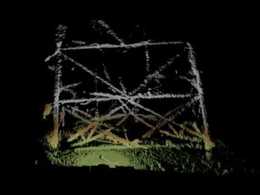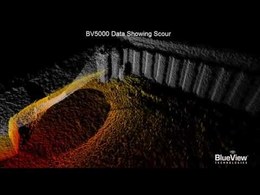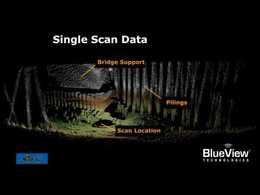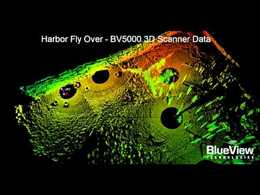ROV Based Culvert Inspection
Modern Solution for a Tough Job
In many parts of the world, particularly near large bodies of water, culverts make up a large portion of a city's waterway infrastructure These culverts are responsible for safely moving water under and around other structures like buildings and roadways. When these passages get clogged with debris, they can pose a serious risk to property and human life. Just a few of the consequences of poorly maintained culverts are increased flood levels, flow diversion out of streams, overland flood paths, and scouring of overtopped embankments.
Culverts with a diameter of 6m and smaller are more prone to capturing debris and should be inspected regularly and cleared if needed. These culverts can also be more difficult to inspect because of their size and the environments they are typically found in. The confined space aspect makes diving such passages dangerous and time consuming. In addition, the environmental aspects can vary between rushing torrents of water and stagnant black water, both of which add significantly to the risks involved with sending a diver in.
With today's modern ROV's and multibeam imaging sonar "acoustic cameras", these once dangerous jobs can be performed in a safe controlled manner. They can also be completed faster and more thoroughly than ever before. Using the ROV's imaging sonar to quickly navigate and search an culvert, then the ROV's camera to visually inspect for debris debris structural damage, an operator can quickly inspect a culvert from the a mobile control station well out of harms way.






